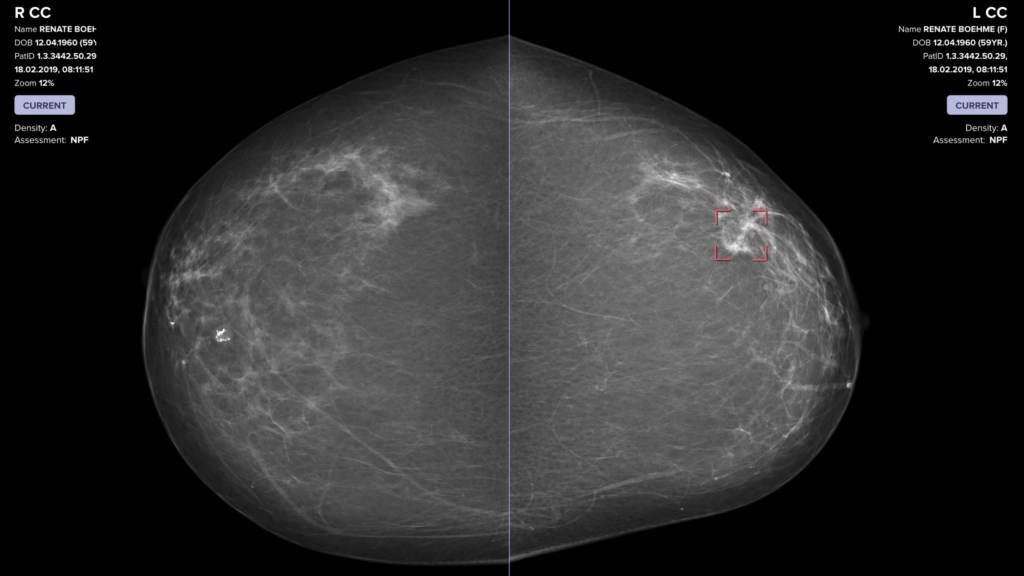AI-assisted radiologists perform screening, new study finds
Large-scale study published in the journalThe Lancet Digital Health is the first to directly compare the effectiveness of AI in breast cancer screening whether it is used on its own or as a living assistant. Scientists hope that such systems can find cancers that conventional specialists miss. This will help free up radiologists' time so they can see more patients.
This software was developed byVara is a startup from Germany that also led the research. The company's AI is already in use in more than a quarter of breast cancer screening centers in Germany, and was rolled out to hospitals in Mexico and Greece earlier this year.
The Vara team with the assistance of radiologists fromThe Essen University Hospital in Germany and the Memorial Sloan Kettering Cancer Center in New York tested two approaches. In the first case, AI independently analyzes mammograms. In another case, AI automatically distinguishes between pictures that it thinks look normal and those that cause concern. He sends the latter to a radiologist, who reviews them before seeing the AI score. The algorithm will then issue an alert if it detects cancer when the doctor didn't.
To train the neural network, Vara providedAI data from more than 367,000 mammograms, including radiologists' notes, initial assessments and information about whether the patient had cancer, to learn how to place these images into one of three categories - "confident diagnosis", "uncertain diagnosis", "accurate diagnosis" disease". The conclusions drawn from both approaches were then compared with the decisions that real radiologists made on 82,851 mammograms obtained from screening centers.
When algorithms and doctors work togetherwere 3.6% better at detecting breast cancer. This approach allowed us to automatically set aside pictures that looked normal. This intensive rationalization can reduce the burden on radiologists.
 how AI finds suspicious areas in images
how AI finds suspicious areas in images
Abnormal or non-obvious resultsscans require re-examination. But radiologists studying mammograms miss one in eight cases of cancer. Fatigue, overexertion, and even the time of day all affect how well radiologists can detect tumors when looking at thousands of images. Visually subtle signs also tend to be less alarming, and the dense breast tissue, which occurs mostly in younger patients, makes the signs of cancer more difficult to see.
This approach can reduce the shortage of radiologists,especially in countries where there is one radiologist for every million patients. Even in the US, which has a proportionately 10 times more radiologists than India, a shortage of 17,000 specialists is predicted by 2033.
Read more:
Scientists have found a "Pandora's box" in the bowels of the Earth: the energy from there feeds life on the planet
The main myth about dinosaurs has been refuted: scientists have understood how reptiles took over the planet
350 million years ago, something strange happened to the Earth: it affected habitability